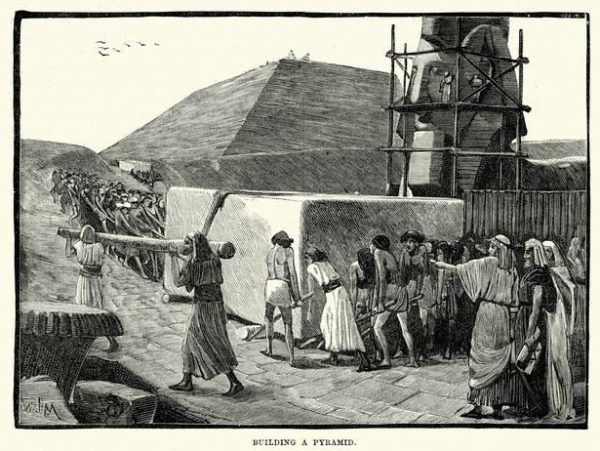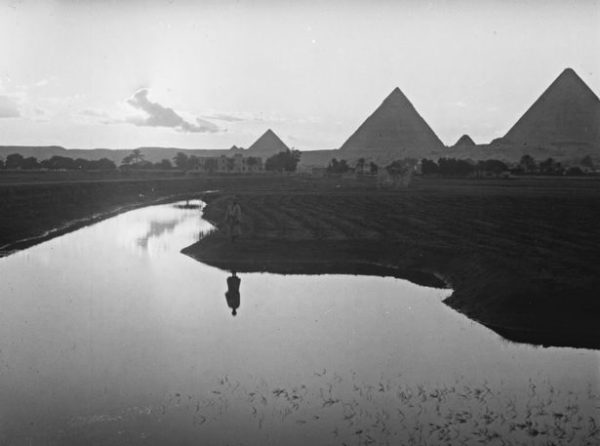The construction of the Egyptian pyramids has long puzzled scientists and historians due to the sheer size and weight of the stone slabs used. Some theories even proposed that extraterrestrial involvement might explain how these colossal structures were built. However, recent archaeological discoveries have shed light on the methods employed by the ancient Egyptians to move and position these massive stone blocks.

One of the most remarkable structures, the Great Pyramid, is composed of around 2.3 million slabs of limestone and granite, each weighing approximately two tons. Without modern machinery like cranes, the techniques used by the prehistoric civilization remained a mystery for centuries.
In the past, some people speculated that the pyramids might have been placed in Giza by aliens, but scientists worldwide have been diligently investigating these age-old enigmas. Their research recently yielded exciting insights that may finally solve the mystery.
Archaeologists and environmental geographers have discovered evidence suggesting that the ancient Egyptians might have exploited a tributary of the Nile River to transport and position these gigantic stone blocks at Giza. Fossilized soil samples taken from the Giza floodplain and analyzed in a French laboratory have revealed pollen and plant species typically found along the Nile River.

The excavations required to recover these samples were labor-intensive, reaching depths of up to nine meters. The presence of the Khufu Branch, a canal linked to the river, has been confirmed, indicating that this waterway likely played a crucial role in the movement of stone slabs for pyramid construction.
Hadel Sherif, an environmental geographer, emphasized the significance of this discovery, stating that the pyramids’ components were transported through water. Without the tributary, he believes it would have been “impossible” to build these awe-inspiring ancient structures.
Around 600 BC, approximately 2,000 years after the pyramids’ construction, the Cheops branch of the river dried up. Sherif suggests that deep river gorges may hold the key to understanding the discrepancies in ancient Egyptian history, offering a new perspective on the construction of the pyramids.

An ancient text fragment discovered near the Red Sea played a crucial role in this discovery. The text described the existence of an artificial waterway known as the “Merer,” which was responsible for transporting limestone up the Nile to Giza.
These findings provide new insights into the construction of the pyramids, demonstrating the ancient Egyptians’ ingenuity and resourcefulness as they harnessed the power of the Nile’s tributaries to accomplish this remarkable architectural feat.

The three pyramids of Giza were constructed as grand tombs for the Egyptian pharaohs, with Pharaoh Khufu, Khafre, and Menkaure resting in the largest pyramids. Smaller structures were built for the mothers and wives of the workers involved in the construction.





